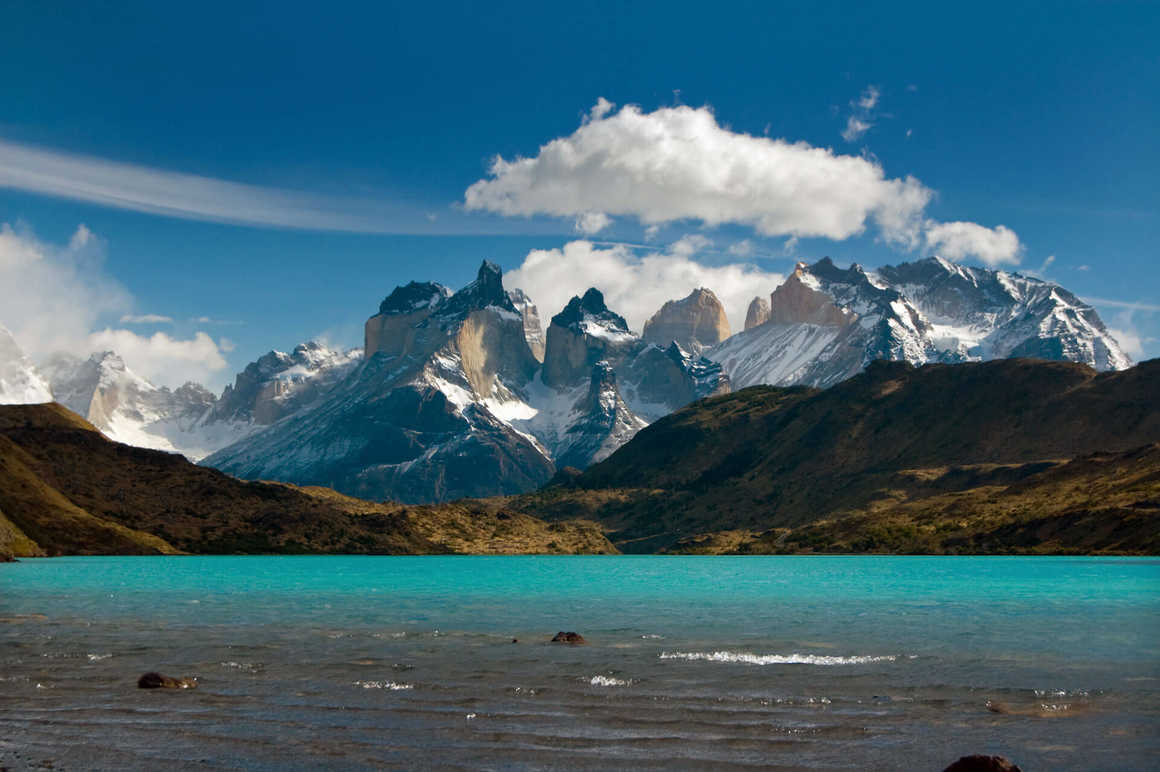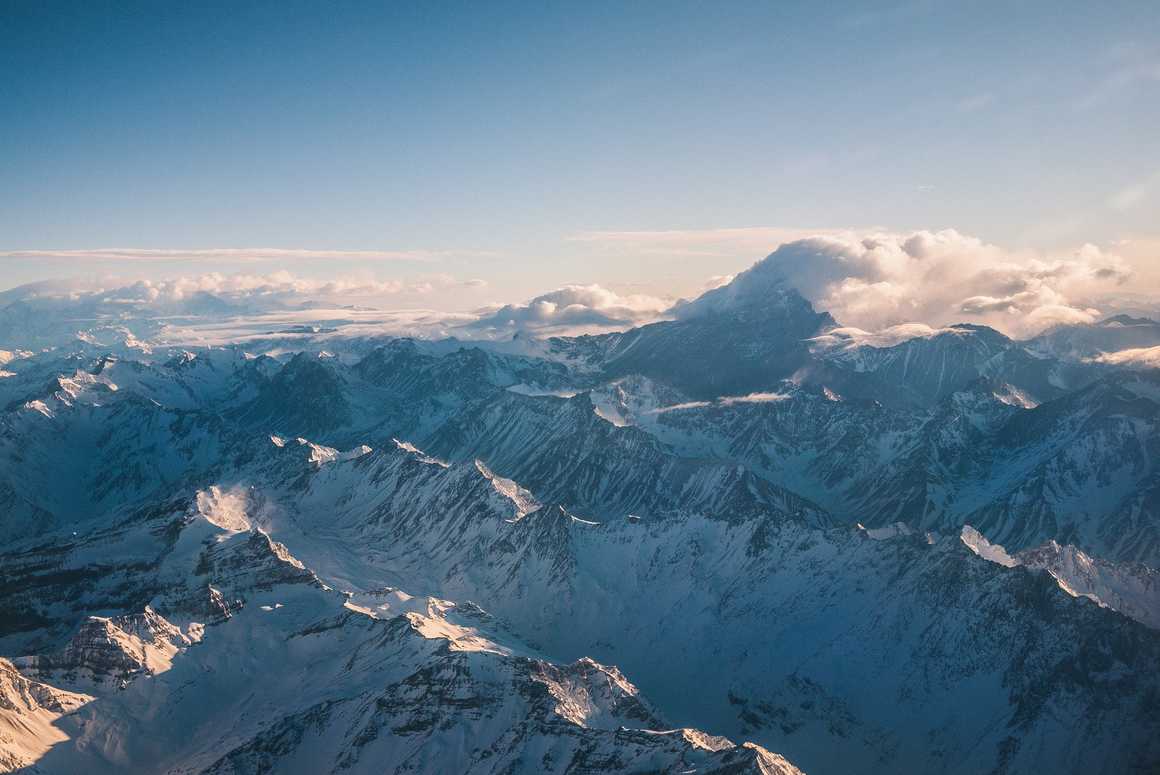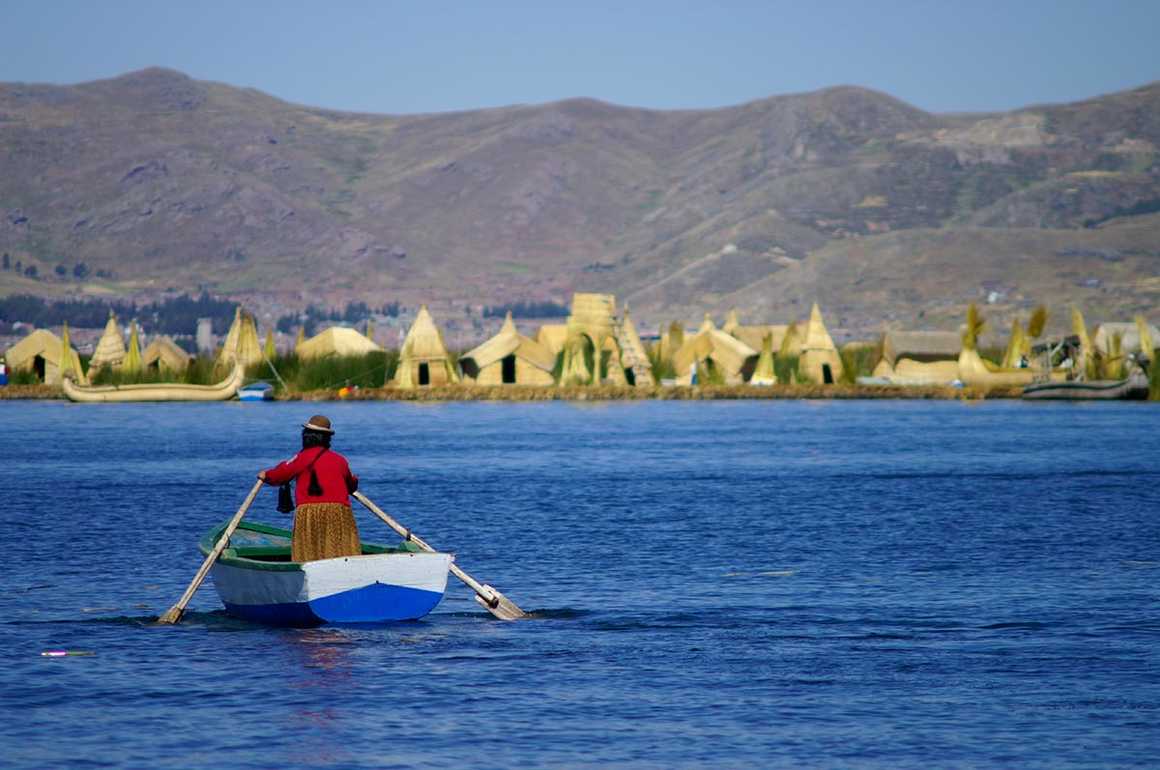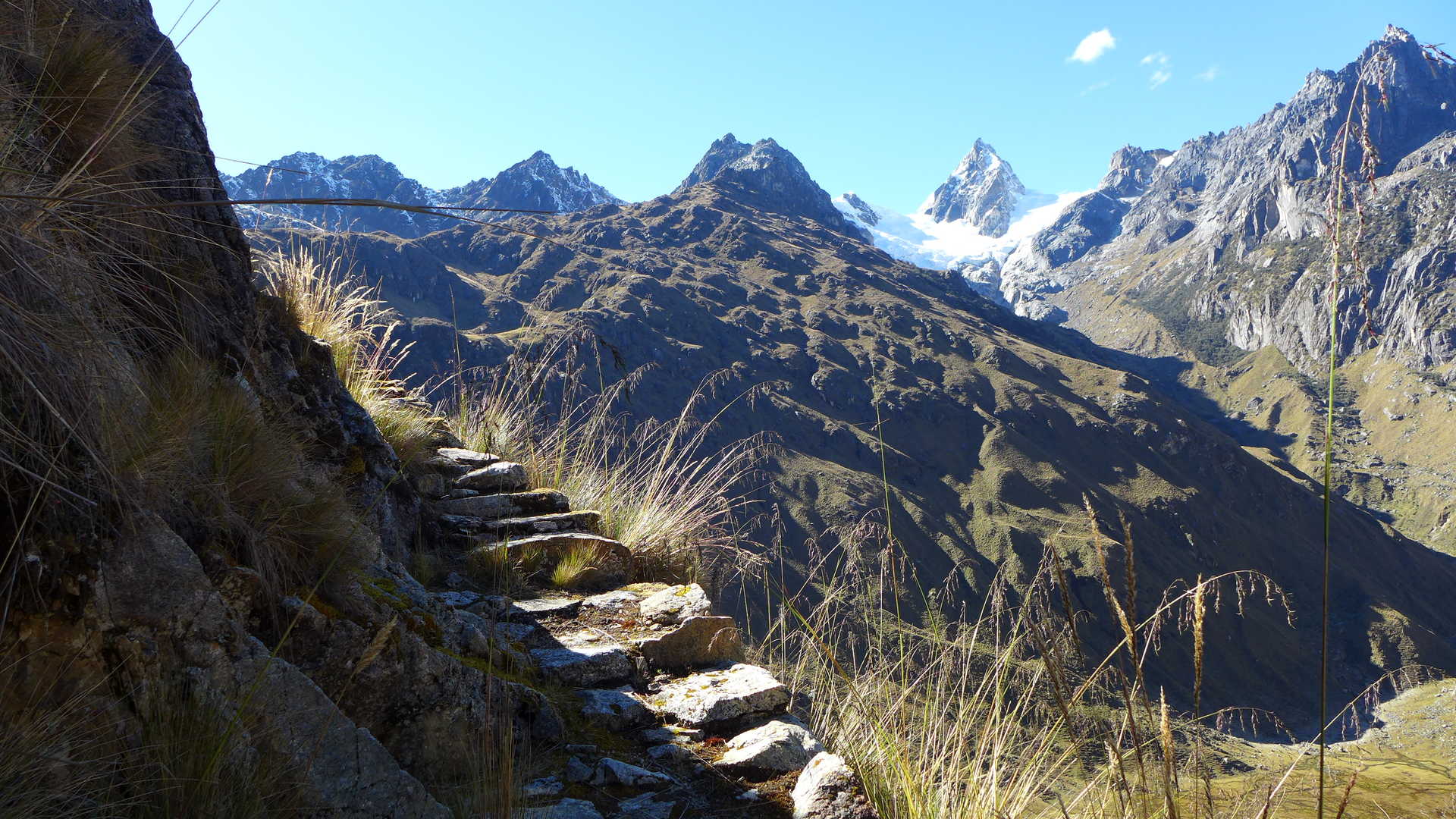10 Interesting Facts on the Andes Mountains
The Andes Mountain range which spans 7,000km across seven
countries in South America, from Venezuela in the north to Argentina in the
south, is known for its high peaks, incredible natural biodiversity, culture,
and cuisines.
Not only are the Andes Mountains one of the longest mountain
ranges in the world but also the highest range outside of the Himalayas, making
them a significant natural landmark and ultimate bucket list destination for
adventurers, offering plenty of fantastic trekking opportunities.
Dreaming of conquering Aconcagua, the highest
mountain in South America and one of the worlds famed ‘Seven Summits’?
Here are 10 fascinating facts about the Andes Mountains!
1. The Andes are the longest mountain range in the world
At over 7,000km in total, the Andes Mountains are the
world’s longest continental mountain range stretching across 7 countries:
Venezuela, Columbia, Ecuador, Peru, Bolivia, Chile and Argentina. They lie as a
continuous chain along the western coast of South America.
While the Andes Mountain range is the longest above-water
mountain range, the longest mountain range on Earth is called the mid-ocean
ridge, spanning 65,000km. About 90 percent of the mid-ocean ridge system is
under the ocean, formed by the movement of the Earth’s tectonic plates.
2. The Andes Mountains are more than just one mountain range
The Andes Mountains are a collection of numerous mountain
chains which join in what are called orographic knots. Over its length, the
Andean range is split into several mountain ranges.
The Venezuelan Andes run parallel to the Caribbean Sea coast
in Venezuela west of the Caracas before turning to the southwest and entering
Columbia.
In Columbia the Andes form three distinct ranges Cordillera
Oriental, Cordillera Central and the Cordillera Occidental.
In Ecuador the Andes form two parallel groups of mountain
ranges, one facing the Pacific and the other descending abruptly eastward
toward the Amazon basin.
Three mountain ranges run through Peru and are known as the
Eastern Cordillera, the Central or Blanca Cordillera, named for the glaciated
summit of Mount Huascaran.
Moving south of Peru and extending through western Bolivia,
the Andes Mountains branch into two distinct ranges.
Along the border between Chile and Argentina, the Andes form
a single chain with many of the systems highest peaks. In southern Chile part
of the cordillera descends beneath the sea.
3. The Andes are very old
The Andes Mountains were formed due to tectonic activity
between the South American and Nazca plates, whereby earth is uplifted as one
plate subducts under another plate. There is controversy over when this
occurred but the geologic faults responsible for the rise of the Andes
Mountains in Columbia became active 25 million years ago.
4. Most Andean Mountains are volcanic
The majority of the Andean Mountain chains are volcanic. The
landscape of the central Andes Mountains, near the border between Chile and
Argentina is dominated by volcanoes and associated landforms.
Many volcanic cones show grooves where water has eroded the
rock to form gullies. Such erosion has occurred since the volcano was built up,
indicating that most volcanoes in this view have been inactive for centuries.
Stratovolcanoes such as Cerro El Cóndor, Peinado and Nevado
Ojos del Salado, the highest peak in Chile, are formed partly by the
build-up of lava flows and partly by the build-up of explosively vented
material dropping back down onto the surface.
What’s more, the highest active volcano in the world, Ojos
del Salado, which stands at 6,900m is found here along the Chile-Argentina
border. The most recent confirmed eruption has been dated between 1,000 and
1,500 years ago but minor eruptive activity may have occurred as recently as
1993.

5. The Andes Mountains are home to one of the world’s seven summits
Located in the Argentinian Andes, Aconcagua is the highest
mountain in the world outside of the Himalaya and one of the ‘seven summits’
(the tallest mountains on each continent). Unsurprisingly, Aconcagua is a
popular trekking peak as it requires no technical expertise meaning it is often
seen as a step up for trekkers who have previously summited Kilimanjaro. That
being said, you need to be in great physical condition to climb Aconcagua as it
can take up to 15 days or more at extreme altitude.
With a short climbing season, Aconcagua only supports a
small number of climbing operators. Their expertise and health and safety
procedures are second to none so you’re in the safest hands possible as you
take on this epic challenge.
6. The Andes Mountains comprise of three different climatic zones
The South America Andes Mountains consist of three different
climate zones known as the Tropical Andes (in the north), Dry Andes (in the
centre) and the Wet Andes (in the south). Boasting such incredible
biodiversity, the Andes region is home to a vast amount of wildlife.
7. The Amazon River originates in the Andes Mountains
Although there are some disputes about the Amazon River’s
actual start point, there is no doubt that it starts in Peru’s Andes Mountains.
Historically five different rivers, all located in the Andes of Peru, have been
heralded as its source, the most widely accepted being Lake Ticlla Cocha in the
headwaters of the Apurimac River. Originating in the high Andes Mountains of
Peru, the Amazon River then travels eastwards meandering on a 4,000 mile (6,400
kilometre) journey through Ecuador, Columbia, Venezuela, Bolivia and Brazil
before meeting the Atlantic Ocean.
8. The Andes Mountains are home to the world’s highest navigable lake
The Andes Mountain range is home to the world’s highest
navigable lake, Lake Titicaca. Located at an altitude of 3,810m, Lake Titicaca
resides between Peru to the west and Bolivia to the east. The lake is known as
the birthplace of the Incas and along its shores are numerous Incan ruins, but
the highlight of this fascinating area is the amazing floating islands of Uros,
located a 2-hour boat ride from Puno. Built entirely from a special type of
giant bulrush, called totora, it is a spectacular site to see.
At Kandoo Adventures, we can arrange an extension to your Machu
Picchu trek to visit Lake Titicaca or incorporate this into a longer
circuit visiting all the highlights of Peru. Our most popular itinerary
explores the beautiful Taquile Island, visits the floating islands of Uros and allows
visitors the opportunity to take a swim in the cold waters of Titicaca.
9. The Andes Mountains are home to a wide variety of animal species which are found nowhere else in the world
The Andes Mountain range is home to about 3,700 species of
animals, including 500 species of mammals, 1,600 species of birds, 500 species
of reptiles, 300 species of fish and more than 100 species of amphibians. The
region supports a wide variety of animal species, many of which are found
nowhere else in the world such as the Vicuña, Andean Condor,
Spectacled Bear,
Andean Cat and many more. Due to the altitude range from sea level to over
6,900 metres, many of these incredible species have adapted to the unique
climates and environments of the Andes.
10. The Andes Mountains are the ultimate trekking destination
A richly diverse region, the Andes Mountains are home to
both high mountains and coastline, making it a paradise for lovers of the
outdoors. The Andes Mountains are one of the most sought-after travel
destinations in South America, especially for adventurers who love
high-altitude trekking. The region is perhaps most well-known for its
breathtaking scenery, including the iconic spires and
peaks of Patagonia, that
is like nowhere else on the planet. These mountain ranges offer a playground
for a variety of outdoor adventures, including mountain climbing, stargazing,
hiking, cycling, skiing, horse riding and much more.
At Kandoo Adventures, we offer an exciting range of trekking
holidays to Chile, Argentina and Peru where adventurers can experience the
highlights of the Andes Mountains and tick off bucket list destinations such as
Aconcagua and
Lake Titicaca. To get the most out of your trip,
join Kandoo Adventures on your next South American adventure and enjoy the
wonders of trekking in this incredible part of the world.













